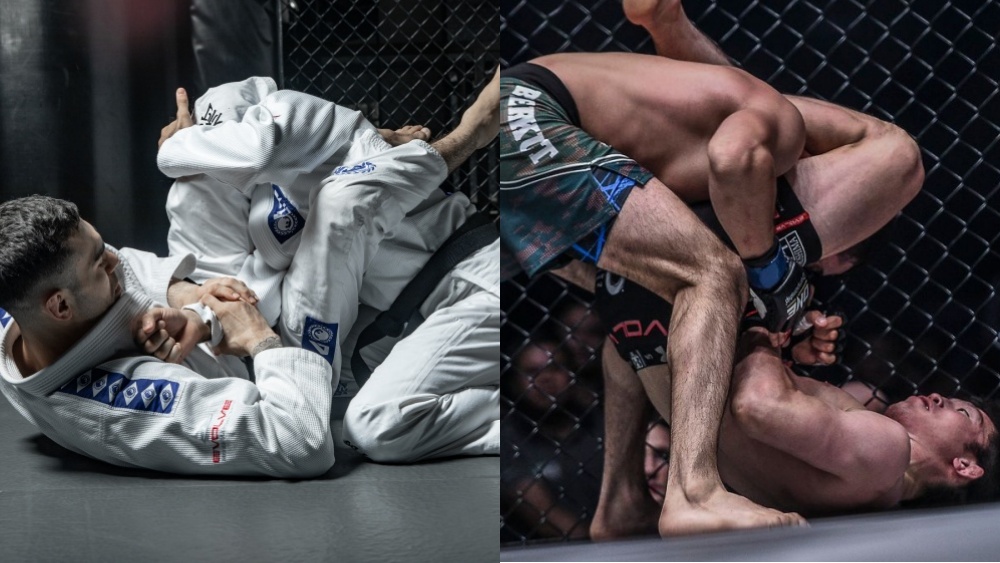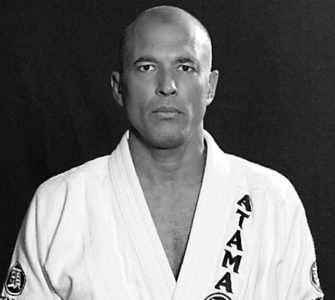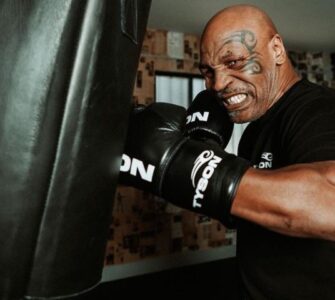Almost a century after it was developed as a self-defense method, Brazilian jiu-jitsu (BJJ) is still thought to be among the best self-defense techniques available. However, BJJ has developed into much more than that.
Brazilian jiu-jitsu has become an essential component of mixed martial arts (MMA) due, in large part, to Royce Gracie’s dominant performances during the first several Ultimate Fighting Championship (UFC) tournaments. Since then, the UFC has expanded to rank among the world’s most well-liked sports, which led to another thing: the appeal of fighting odds for Ultimate Fighting Championship events has increased along with the organization’s success. The fighters and odds weren’t always available in the early stages of mixed martial arts. The odds weren’t kept track of or made public until the UFC was established in 1993. This lengthy process resulted in the current situation whereby, according to the “opinion” of Bookmaker Expert and other specialized platforms for analyzing online sportsbooks, certain Ultimate Fighting Championship & MMA betting sites are better than others.
Even though athletes in the UFC and mixed martial arts may specialize in striking or wrestling, almost all of them include BJJ techniques in their fighting style. This is mostly due to the fact that Brazilian jiu-jitsu is the sole martial art that works well for ground combat, which is where most bouts conclude.
Training in jiu-jitsu has many wonderful benefits. It’s an enjoyable, fulfilling workout, and you’ll pick up excellent self-defense techniques. But BJJ for MMA workouts is a great option if you want to become an avid fighter.
How Does Brazilian Jiu-Jitsu Help with Mixed Martial Arts Training?
To be able to defend or attack from the ground, you’ll require some knowledge of jiu-jitsu techniques. Striking is the main focus of many mixed martial arts practitioners’ training, which is very acceptable. Some devote their efforts to grappling and studying takedowns in wrestling. Once more, these are incredibly useful talents.
However, strikes and wrestling won’t do much good if you’re on your back. In general, the goal of wrestling is to avoid being pinned to the ground by your opponent. On the other hand, you can practice a lot of powerful jiu-jitsu techniques while lying on your back.
For those who are unaware, BJJ is solely focused on grappling. Unlike its sister combative discipline judo, the martial art focuses mostly on ground-based grappling. Jiu-jitsu is more concerned with creating an advantageous position on the ground than judo is with throwing a rival to the ground.
In MMA, holding a dominant position is a surefire way to win. You may strike or surrender yourself to a victory from a mount or powerful side control. Gaining proficiency in taking the back will lead to many submission wins.
Is Brazilian Jiu-Jitsu More Superior to Wrestling?
One excellent martial art is wrestling. Despite having a similar appearance to jiu-jitsu and concentrating only on grappling, there are several significant variations. In wrestling, athleticism is typically given more of an emphasis. Coaches teach their athletes to be strong and explosive. BJJ is more tactical than mixed martial arts, relying more on timing and technique than strength.
The main distinction is that, as was already mentioned, wrestling stops when you’re on your back. The actual games in jiu-jitsu only start when you’re on the ground. A whole style of jiu-jitsu revolves around the “guard”, or any situation in which your opponent is caught in some manner between your legs.
You can employ the guard to not only repel or subdue an adversary but even submit them from below by training in Brazilian jiu-jitsu.
It doesn’t matter which martial art is superior to the other. Instead, it’s the abilities they offer. Jiu-jitsu concentrates on ground combat while wrestling concentrates on takedowns. Grappling-focused mixed martial arts competitors require both. BJJ is essential for MMA fighters, regardless of their specialization, who wish to survive on the ground.
Sports + No-Gi
Although Brazilian jiu-jitsu is a must for mixed martial arts training, there remain a few important points to keep in mind.
Many jiu-jitsu maneuvers are taught with the intention of being used against other BJJ practitioners or against opponents who aren’t trained, such as in self-defense situations. In MMA battles, where attacks are permitted, some positions that can be extremely beneficial versus other grapplers—such as deep half-guard or specific open guards—become far more dangerous.
Second, mixed martial arts athletes should concentrate on No-Gi grappling even if Gi training is the foundation of jiu-jitsu. This is where, as the name implies, you don’t wear a Gi and instead wear shorts and a rash guard. The concept is that all your methods should be modified because you have nothing to hold onto, such as pants or a Gi collar. It makes sense to concentrate on No-Gi grappling as MMA athletes don’t wear Gis.
Grappling while wearing gloves is another smart notion if you want to simulate a mixed martial arts battle. If you’re not used to practicing with gloves, they’ll mess with your grips.
Training Programs
Jiu-jitsu training is a frequent part of the program for many MMA practitioners. They are able to keep their hitting abilities while strengthening their ground game thanks to this cross-training. Even those who have never practiced martial arts before frequently spend hours honing their Brazilian jiu-jitsu techniques on the mats.
Jiu-jitsu has made a name for itself as an essential part of a fighter’s skill set in the dynamic realm of mixed martial arts. It has an impact on every facet of the sport, including the ground game, submission wins, and general fighting tactics. BJJ’s influence on the future of MMA is indisputable, giving fighters who are proficient in the art a competitive advantage.


















